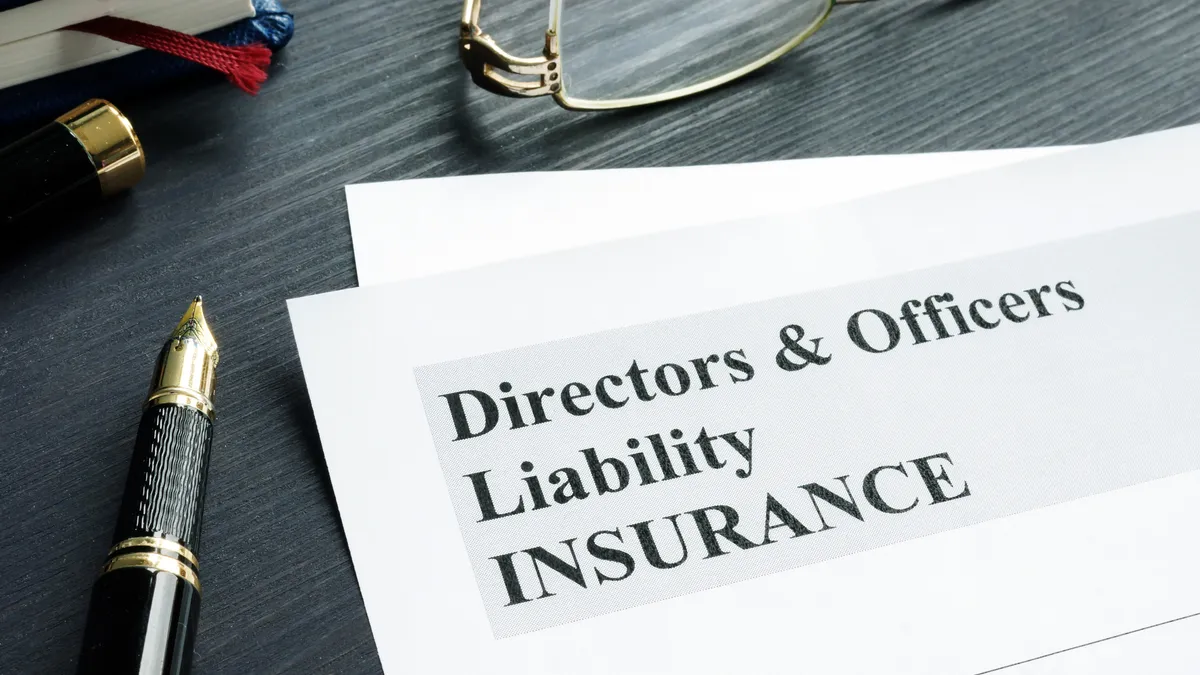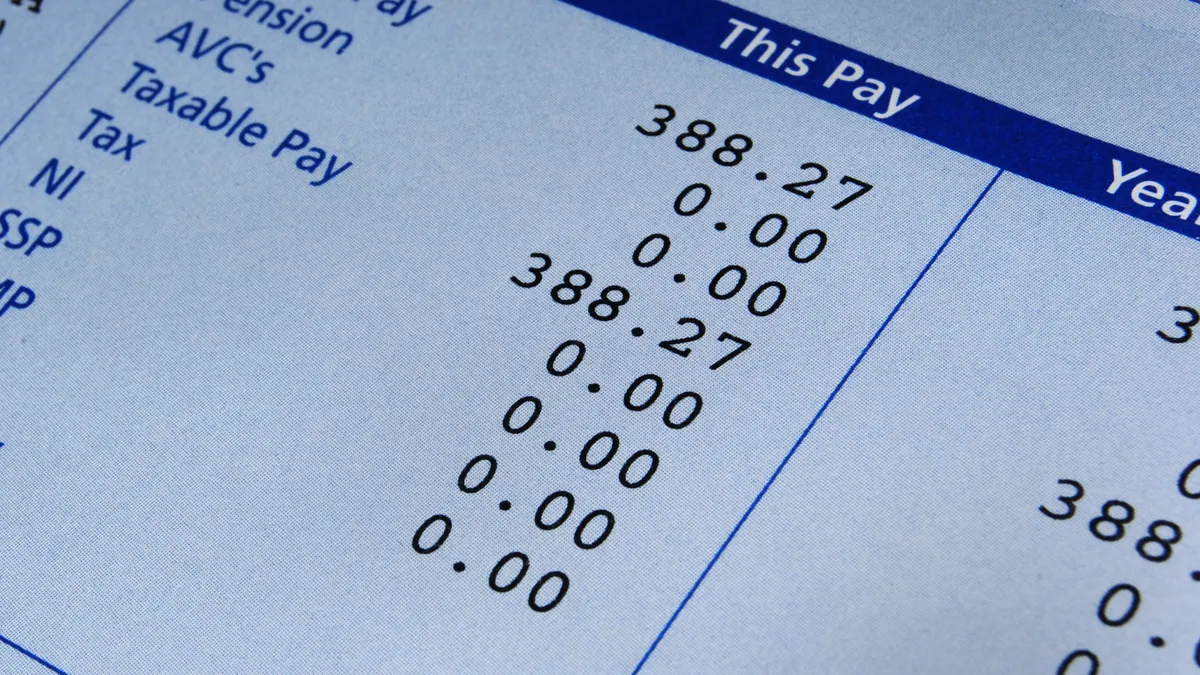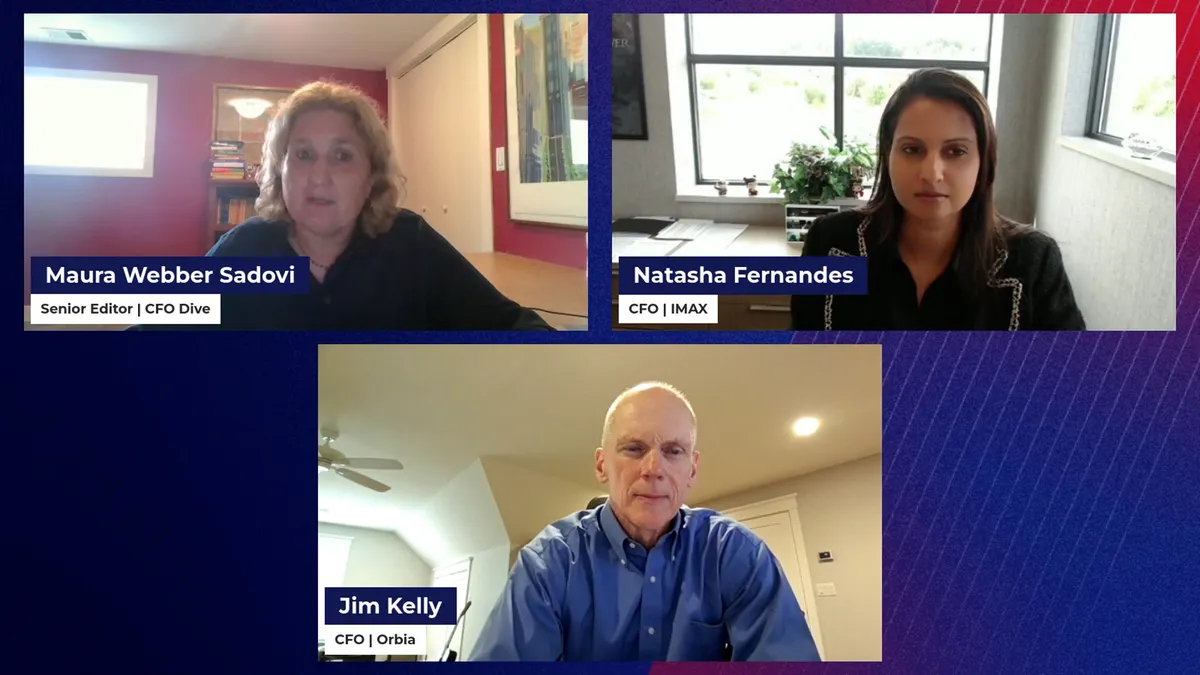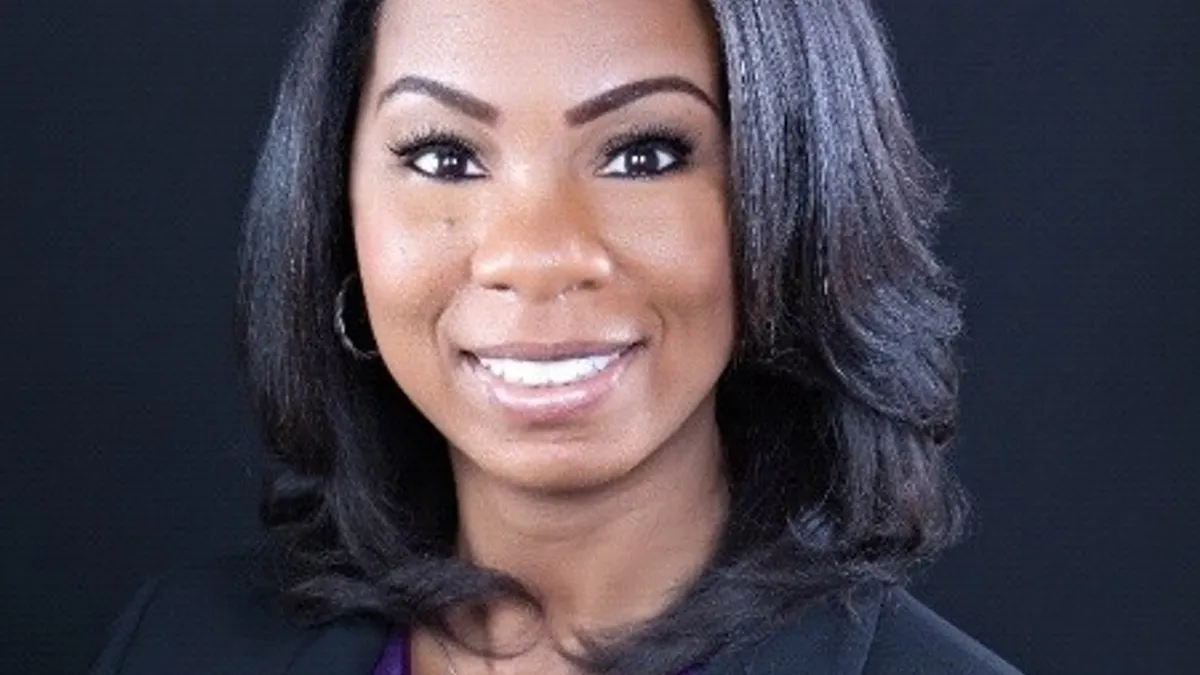The market for directors and officers’ insurance is soft, so it’s a good time for general counsel to assess their company’s coverage, Jason Bishara of NSI Insurance Group told CFO Dive sister publication Legal Dive.
There’s a good chance GCs will learn they’re under-insured, because the D&O market has been hard for several years. That’s led many companies to buy lower coverage limits to keep premiums affordable, said Bishara, a financial practice leader at the insurance broker.
The market is now in its second year of softening, so it’s possible a company can now obtain higher coverage limits for close to what they were paying before, he said.
A smaller publicly traded company, for example, with under $1 billion in annual revenue, might get a policy with a $5 million primary limit along with excess coverage for a $150,000 premium that before would have cost close to half a million dollars, he said. “They’re no longer paying $500,000 or $600,000,” Bishara said.
Ensuring your directors and officers are adequately covered is especially important if volatility in stock markets increases, as some signs suggest, he said.
Bishara pointed to the closely watched move by Warren Buffett over the summer, when he sold large stock holdings to increase his cash position, as a signal picked up by analysts that markets could be heading into a more volatile period. Buffett used the proceeds to create an almost $280 billion cash stockpile, the largest ever for his company, Berkshire Hathaway.
“It’s just one example of large institutional investors increasing their cash positions,” Bishara said.
If investors think market volatility is increasing and they keep putting money into cash, valuations at many companies could drop, which in the past has led to a rise in shareholder lawsuits, he said.
The chance of market volatility increasing is especially pronounced as the U.S. presidential election nears, analysts have said, because it’s an election that could have real-world consequences, given the talk of trade tariffs, uncertain inflation and major regulatory changes.
“As market capitalization deteriorates, the likelihood of a shareholder liability claim increases dramatically, regardless of whether or not somebody did something improper,” he said. “Plaintiff’s attorneys look at down stocks [and see] an opportunity to get a bunch of shareholders together. They start digging and they find something.”
Shareholder lawsuits are one of the biggest risks that companies buy D&O coverage to protect against. Directors and officers tend to think their D&O policy will cover them in the event of a complaint but if limits are inadequate, and if the company is facing financial problems, there’s unlikely to be enough proceeds under the limits to cover everyone’s liability, he said.
“They think they have coverage because they have a primary ABC policy, but, functionally, they really don’t have any coverage, because there won’t be any money to defend them,” he said.
“ABC” refers to the three sides of the typical D&O policy. The A side covers directors and officers. The B side reimburses the company for its costs defending its directors and officers. And the C side covers the company itself. Companies that get excess coverage have access to additional proceeds to cover costs once limits are reached.
Legal costs for defending against a typical shareholder liability claim can quickly reach $5 million, not including settlement amounts, so for a company that only has a $1 million policy, insurance proceeds will quickly run out, he said.
“I come across this all the time – a $300 million company with a $1 million primary ABC policy,” he said. “They don’t even have a $5 million policy, let alone excess coverage. Very common.”
In many smaller companies, it often falls to the CFO to buy the coverage, and if that person sees the coverage as something to check off and not as part of a broader risk management strategy, there’s little chance of the coverage being adequate, he said.
“CFOs think insurance is insurance,” he said. “It's a cost. They’re forced to have it to close financing. Not true. It’s about risk management – risk transfer.”
GCs might leverage the soft market to work with their CFO to have a broader risk assessment done before renewing their coverage, Bishara said.
“Let’s say you didn’t purchase the appropriate limits for general liability or business income or supply chain, and the next thing you know you have a claim and that claim is $5 million to $10 million in costs,” he said. “That loss turns positive earnings to negative earnings, so it’s possible you could have a claim on the D&O side for not making sure you properly evaluated the risk and purchased the correct insurance for the company. You have that fiduciary responsibility to shareholders.”






















